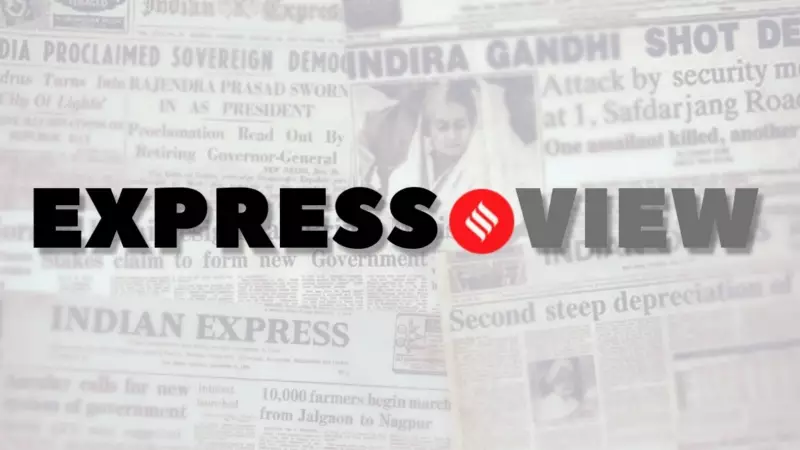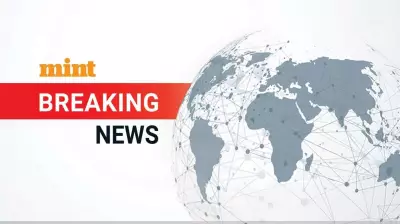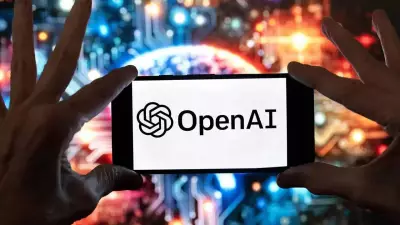
We're living in an era where seeing is no longer believing. The rapid advancement of artificial intelligence has brought us to a crossroads where digitally manipulated videos have become almost indistinguishable from reality. This technological revolution is reshaping our understanding of truth and authenticity in the digital space.
The Rise of Synthetic Reality
Artificial intelligence has evolved from simple photo filters to sophisticated video generation tools that can create convincing fake content. These AI systems can now replicate human expressions, voices, and mannerisms with astonishing accuracy. The technology has reached a point where even experts struggle to differentiate between genuine and AI-generated content without specialized tools.
When Technology Outpaces Truth
The implications of this technological leap are profound. We're facing a scenario where malicious actors could potentially create false narratives, manipulate public opinion, or damage reputations using convincingly fake video evidence. The very foundation of visual proof—something we've relied on for generations—is now under threat.
The Double-Edged Sword of Innovation
While the potential for misuse is concerning, the same technology offers incredible creative possibilities. Filmmakers can resurrect historical figures for educational content, advertisers can create personalized campaigns, and educators can develop immersive learning experiences. The challenge lies in harnessing these benefits while mitigating the risks.
Navigating the New Digital Landscape
As consumers of digital content, we must develop new literacy skills. Critical thinking and media awareness have become essential survival tools in this new environment. Several approaches are emerging to address these challenges:
- Digital Watermarking: Implementing invisible markers to identify AI-generated content
- Detection Tools: Developing sophisticated algorithms to spot digital manipulation
- Regulatory Frameworks: Creating legal guidelines for the ethical use of AI in media
- Public Awareness: Educating people about the existence and potential of synthetic media
The Road Ahead
The evolution of AI video technology represents one of the most significant shifts in how we create and consume media. As we move forward, the conversation must focus on developing responsible innovation frameworks that protect truth while embracing progress. The future of digital authenticity depends on our ability to adapt, regulate, and educate simultaneously.
This technological paradigm shift demands collective responsibility from tech developers, policymakers, and society at large. The choices we make today will determine whether AI becomes a tool for creative expression or a weapon of mass deception.





